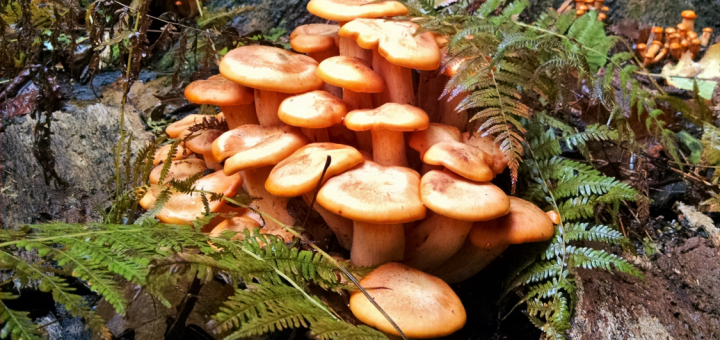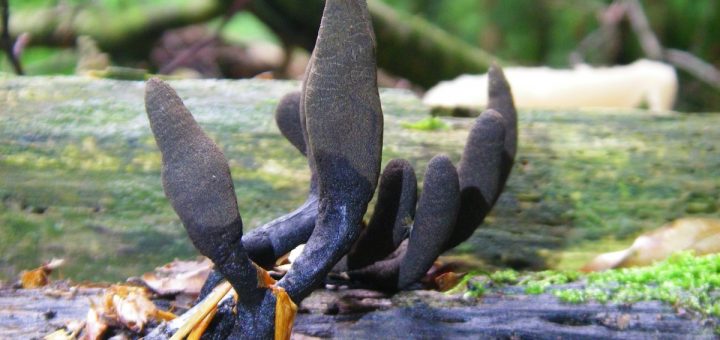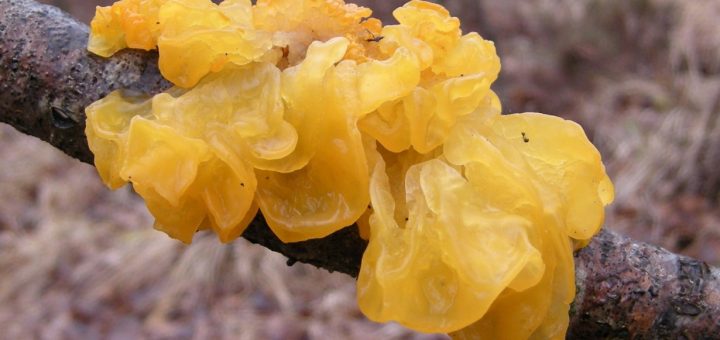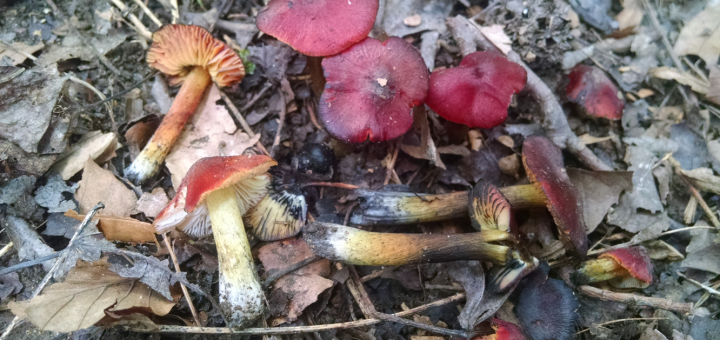#007: Omphalotus illudens, The Jack-O-Lantern Mushroom
If the spirit of Halloween were a mushroom, it would be Omphalotus illudens. This agaric is commonly known as the “Jack-O-Lantern mushroom” for a few good reasons. First, it is bright orange, like the pumpkins that decorate doorsteps all over the United States in October. Not only is the cap orange, but so are the gills, the stipe, and the interior. Second, the mushroom’s gills glow in the dark, especially when they are young and fresh. Furthermore, the mushroom often has a sweet smell and is poisonous. Nothing says Halloween like something that is orange, glows in the dark, smells sweet, and has a sinister side.











![#011: Characteristics of Kingdom Fungi [Archived]](https://www.fungusfactfriday.com/wp-content/themes/hueman/assets/front/img/thumb-small-empty.png)
